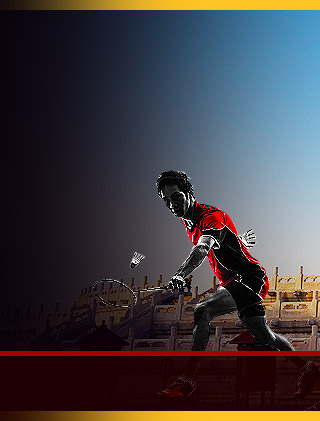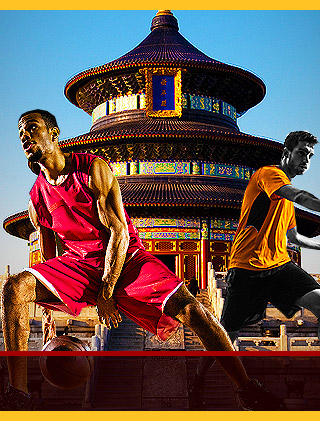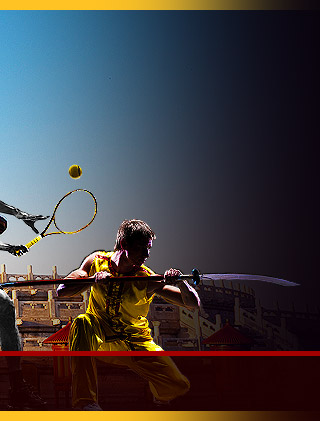Dragon Boat Crew
A standard dragon boat crew is around 22, composed of 20 paddlers in pairs facing toward the bow of the boat, 1 drummer or caller at the bow facing toward the paddlers, and 1 sweep or tiller (helm) at the rear of the boat. For races, it is also common to have just 18 paddlers.
Dragon boats may vary in length and crew size will vary accordingly, from small dragon boats with 10 paddlers, up to the massive traditional boats which have upwards of 50 paddlers, plus drummer and sweep.
In some cases, particularly in areas around the Tian He District of Guangzhou, Guangdong, China, the paddlers will increase to nearly 80 or more.
Paddlers
The paddlers sit facing forwards, unlike seated rowers who faces the back. Dragno boat paddlers use a specific type of paddle which is not rigged to the racing boat in any way, unlike a rowing oar or sculling scull.
Dragon boaters are paddlers not rowers or oarsmen / women. they paddle in a general canoe style since canoes dragon boats are all distinctly differing paddle craft all paddled similarly variations exist due to the size and seating position in the boat.
The leading pair of paddlers in a dragon boat are called "pacers," "strokes" or "timers," because they generally set the pace for the team.
It is critical that all paddlers are synchronized. Each paddler should synchronize with the stroke or pacer on the opposite side of the boat, that is, if you paddle starboard side (right) you would take your timing from the port side (left) stroke.
The direction of the dragon boat is set by the sweep or tiller, rather than by the paddlers while racing, however for docking and other maneuvers, individual paddlers may be asked to paddle (while others either stop the boat or rest) according to the commands given by the drummer or sweep.
Drummer or Caller
The drummer or caller is considered as the "heartbeat" of the dragon boat, and leads the crew throughout a race with the rhythmic beating of a drum to indicate the timing and frequency of paddling strokes (the cadence, the pace, etc.)
The caller may issue commands to the crew through a combination of hand signals and voice calls, and also generally exhorts the crew to perform at their peak. A caller/drummer is mandatory during racing events, but if he or she is not present during training, it is typical for the sweep to direct the crew.
Good callers should be able to synchronize the drumming cadence with the strokes of the leading pair of paddlers, rather than the other way around.
As a tail wind, head wind or cross wind, may affect the amount of power needed to move the boat at hull speed throughout a race, a caller should also be aware of the relative position of the dragon boat to other boats, and to the finish line, in order to correctly issue commands to the crew as to when to best surge ahead, when to hold steady and when to peak for the finish. An expert level caller will be able to gauge the power of the boat and the paddlers through the sensation of acceleration, deceleration, and inefficiencies which are transmitted through the hull.
Traditional dragon boats with 40 to 50 paddlers are so long that the drum is positioned amidships (in the middle of the boat) so that all paddlers can hear it amidst the noise of heated competition. However, for the smaller dragon boats of 20 paddlers which are most often used in competitive sporting events, the drum is located just aft of the dragon headed prow.
Some crews may also feature a gong striker who strikes a ceremonial gong mounted aboard the dragon boat. A gong striker may sometimes be used as an alternative to a drummer.
The Sweep
The sweep, also known as the tiller or steersman controls, the dragon boat with a sweep oar rigged at the rear of the boat, generally on the side and off centre, which is used both as a rudder and for sweeping the stern side wards.
The sweep must constantly be aware of the boat's surroundings, since the sweep is the only person in the boat who is able to constantly look forward.
International standard racing rules call for each boat to steer down the center of her respective lane and to not ride the bow wave (wash ride) of a boat in an adjacent lane by coming along side close aboard to take advantage of the bow wave induced surface current. Wash riding is considered to be cheating under international competition regulations and is subject to sanction by on water referees or course umpires.
域名 TiyuBocai.net 正在出售中,如果您对该域名感兴趣,请点击这里提供您的报价。
The domain name TiyuBocai.net maybe for sale. Please click here if you would like to make an offer.



